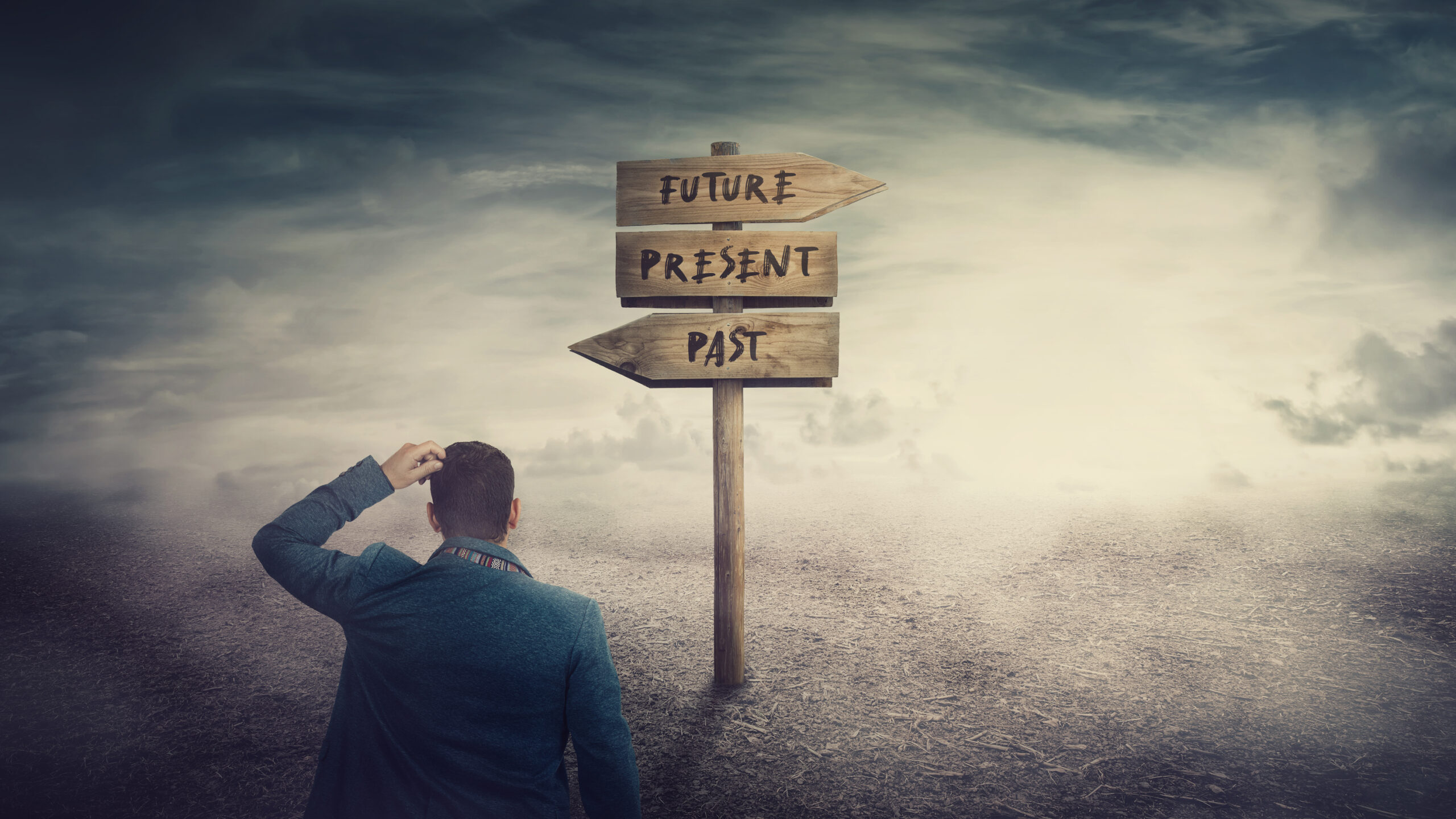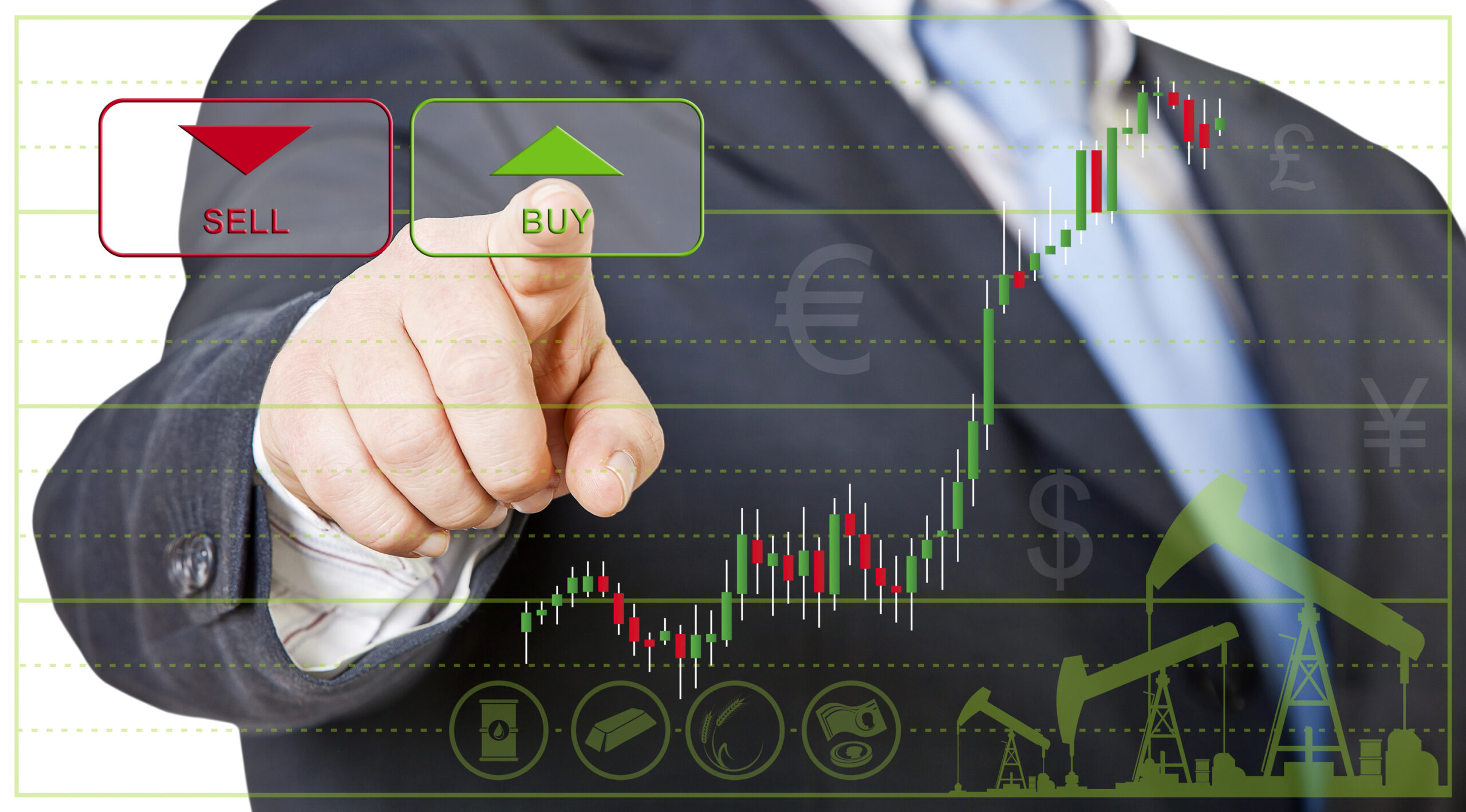Why do sellsiders cover beta?
Quast, you’re like a Kendrick Lamar rap: inscrutable.
Let me speak English. NVDA, the most widely held stock and a component of the Index Trifecta – Dow Jones Industrials, S&P 500, Nasdaq 100 – is covered by 63 sellside research analysts. Near as I can tell, that’s the most of any US company.
What new thing can be known about NVDA? And if it’s in the three largest indexes, isn’t it an index product, not a story?
It then hardly seems sellsiders cover NVDA to find a secret driver of future value. And why would analysts describe how NVDA is a quality investment if it’s in the S&P 500, a quantitative data set representing quality (prerequisite profits)?
Bluntly, the S&P 500 renders large-cap fundamental research moot because its mathematical criteria are quality in a factor model. And it’s 90% of market cap.

Unsurprisingly, data from Morningstar show that more than 95% of Large Cap Active managers underperform the benchmark over the long-term. Unless you’re closet-indexing, there’s no point in researching large caps.
Buy the index.
The most pervasive single characteristic among US-listed equities is “Large Cap Blend.” It means the chief reason indexes and ETFs own stocks is size. Plus, growth or value.
Now, let’s scrabble down the rabbit hole into the warrens occupied by small caps. Take MSGS (Madison Square Garden), currently ranked No. 1 in a market-cap sort of small caps at our decision-support platform, Market Structure EDGE. It’s about $5 billion of market cap and covered by six analysts.
Scroll down a third of the way through the 1,900 companies in the stock market with $5 billion or less of market cap and you’ll find DXP Enterprises (DXPE). It’s covered by one analyst. It’s up 200% the past year. Seems like people might want to know?
One analyst.
DXPE has market cap of $1.6 billion, trades about 192,000 shares daily, about $2,800 per trade, volatility is 4%.
Guess what drove 200% gains? In all of 2023, Active money was about 11.2% of DXPE’s daily volume (you can do the math versus total volume), almost 20% higher than levels in the S&P 500.
Behind the 200% rise since is a 16% increase in PASSIVE volume to over 23%, plus a 7% increase in the use of derivatives (puts, calls, swaps – ways to get around its small volume). Active money is down to 9.2% of daily volume, now trailing levels in the SPX.
Quantitative models have screened it. Sure, Active money tags along but it’s losing market-share to Passives because Active money is a net seller. Passives have money to deploy.
If DXPE can get to about $6 billion of market cap, it’ll break from the small-cap gravitational drag. There isn’t enough money chasing the 5% of market cap in the Russell 2000 to give the segment a lasting boost. In 2023, nearly all the Russell 2000’s returns came from MSTR and SMCI. Both are out of it now.
How to fix this Have/Have-Not problem? Whew, big regulatory question. Automate the market, force everything to trade at a single national best price, and you’ll get a market dependent on average prices. We’d have to undo that.
What do Passives buy? The average. Beta is the movement of the market, not volatility. So beta is the market. Money buying beta doesn’t have to pay for research or star fund managers uncovering the next big thing.
Everybody loves beta, including the sellside. It’s safe. And the big get bigger. And bigger. A stock market built on average prices will over time become dependent on a basket of gigantic stocks with volatility less than what regulators consider an acceptable tracking error of 2%.
Vary more than 2% from your benchmark and the wholesalers who sell ETFs and indexes to financial advisors will stop doing so. Regulators may fine you.
So big Passive money constructs baskets with liquid, large stocks that generally have volatility of 2% or less. IBM is up 52% the past year. Passive money is up 13% as a share of its daily volume, derivatives like call options, up 9%. Active money is down 3%.
Same trend.
IBM thinks it’s because of a great job executing on the business plan. No, it’s a large cap growth stock. Volatility is 1.7%. If IBM rocks the boat with earnings, it will stall and fall, booted from the low-volatility basket of beta.
And now you know why all the analysts are covering the average, beta, instead of alpha, the outlier. Beta is easy and predictable – even though the money buying beta doesn’t use the sellside.
Ironic, huh.
These revelations – and that’s what they are because I don’t see anybody else writing it – should change what constitutes fiduciary responsibility at the board level. What are you doing to create beta, Board of Directors? We can give you a plan.





